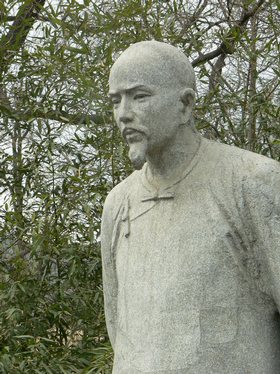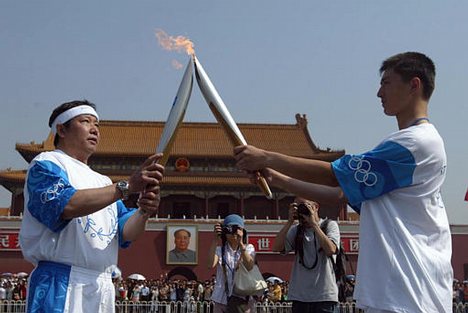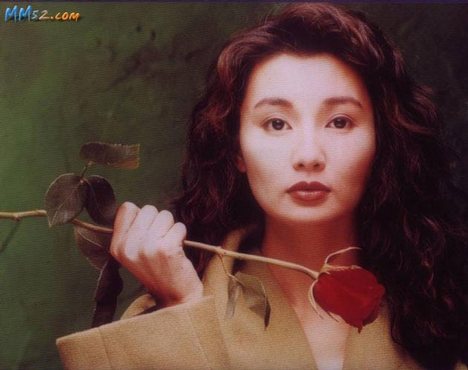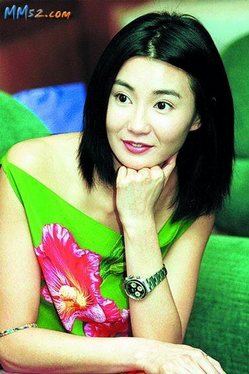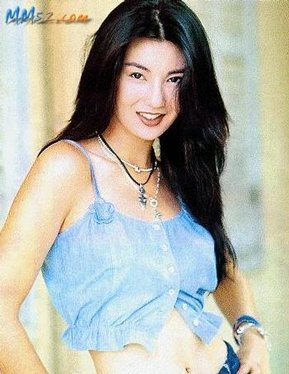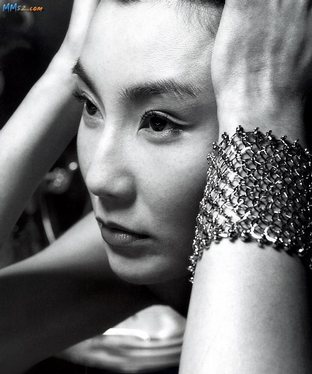
- Order:
- Duration: 4:52
- Published: 2009-06-30
- Uploaded: 2011-02-16
- Author: tansungwah
The ruan (, pinyin: ruǎn) is a Chinese plucked string instrument. It is a lute with a fretted neck, a circular body, and four strings. Its strings were formerly made of silk but since the 20th century they have been made of steel (flatwound for the lower strings). The modern ruan has 24 frets with 12 semitones on each string, which has greatly expanded its range from a previous 13 frets. The frets are commonly made of ivory. Or in recent times, metal mounted on wood. The metal frets produce a brighter tone as compared to the ivory frets. It is sometimes called ruanqin (阮琴), particularly in Taiwan.
*Soprano: Gaoyinruan (高音阮, lit. "high pitched ruan"; tuning: G3-D4-G4-D5)
The ruan is now most commonly used in Chinese opera and the Chinese orchestra, where it belongs to the plucked string (弹拨乐 or chordophone) section.
In Chinese orchestras, only the zhongruan and daruan are commonly used, to fill in the tenor and bass section of the plucked string section. Occasionally the gaoyinruan is used to substitute the high-pitched liuqin.
Daruan soloists generally use the D-A-D-A tuning, as it allows for the easy performance of diatonic chords. Some orchestral players tune to C-G-D-A, which is exactly the same as cello tuning. The advantage of using C-G-D-A in orchestras is so that the daruan can easily double the cello part.
A ruan ensemble (重奏) consists of two or more members of the ruan family, for instance, an ensemble of the xiaoruan, zhongruan and daruan. The wide range covered by the ruan, its easily blended tone quality, and the variety of soprano, alto, tenor, bass, and contrabass instruments all make ruan ensembles very effective in playing polyphonic music.
In ancient China before the Tang Dynasty (唐朝), the ruan was called Qin pipa ([Qin Dynasty, 221 BC - 206 BC] pipa, 秦琵琶). What distinguished Qin pipa from the pipa (琵琶, another plucked string instrument) was that the Qin pipa had a long, straight neck with a round sound box while the pipa was pear-shaped. The name of "pipa" is synonymous to "tantiao" (彈挑), the right hand techniques of playing a plucked string instrument. "Pi" (琵), which means "tan" (彈), is the downward movement of plucking the string. "Pa" (琶), which means "tiao" (挑), is the upward movement of plucking the string. As this right hand technique was used for playing the ruan, the ruan was also called "pipa".
The present name of the Qin pipa, which is "ruan", was not given until the Tang Dynasty (8th century). Between the Empress Wu Zetian (武則天) period (about 684-704 AD), a copper instrument that looked like the Qin pipa was discovered in an ancient tomb in Sichuan (四川). It had 13 frets and a round sound box. It was believed that it was the instrument which the Eastern Jin (東晉) musician Ruan Xian (阮咸) loved to play. Ruan Xian was a scholar in the Three Kingdoms Eastern Jin (三國東晉) Dynasty period (3rd century). He and other six scholars disliked the corruption government, so they gathered in a bamboo grove in Shanyang (山陽, now in Henan [河南] province). They drank, wrote poems, played music and enjoyed the simply life. The group was known as the Seven Sages of the Bamboo Grove (竹林七賢). Since Ruan Xian was an expert and famous in playing an instrument that looked like the Qin pipa, the instrument was named after him when the copper Qin pipa was found in a tomb during the Tang Dynasty. The ruan was used to be called ruanxian (阮咸), but today it is shortened to ruan (阮).
The famed Tang poet Bai Juyi (白居易) once penned a poem about the ruan, entitled 和令狐撲射小欽聽阮咸:
:掩抑复凄清,非琴不是筝。还弹乐府曲,别占阮家名。古调何人知,初闻满座惊。
During the Han period (206 BC-220 AD), Lady Wang Zhaojun (王昭君, known as one of the Four Beauties [四大美人] in ancient China) departed mainland to the west and married the Grand Khan of the Huns. The marriage was meant to maintain peace between the two ancient countries. On her way to the west, she carried a pipa on the horse. Looking back today, her pipa must have been a ruan-type instrument with a round sound box, since the pear-shaped pipa was not brought to China until the Northern Wei Dynasty - about 116 years after the Han Dynasty. However, in almost all the portraits and dramas, Lady Zhaojun's pipa is displayed inaccurately. The pipa is usually shown with a pear-shaped sound box (as in today's pipa), rather than a round sound box.
Note that the frets on all Chinese lutes are high so that the fingers never touch the actual body—distinctively different from western fretted instruments. This allows for a greater control over timbre and intonation than their western counterparts, but makes chordal playing more difficult.
Some works for the ruan:
*《满江红》 Red Fills the River - zhongruan concerto
Some of Lin Jiliang's compositions for the ruan:
Some of Liu Xing's compositions for the ruan:
*《云南回忆》 Reminiscences of Yunnan, zhongruan concerto
Some of Ning Yong's compositions for the ruan:
*《拍鼓翔龙》 Flying Dragons in Drum Beats, zhongruan solo (composed with Lin Jiliang)
==Notable players/composer of the ruan==
This text is licensed under the Creative Commons CC-BY-SA License. This text was originally published on Wikipedia and was developed by the Wikipedia community.
























